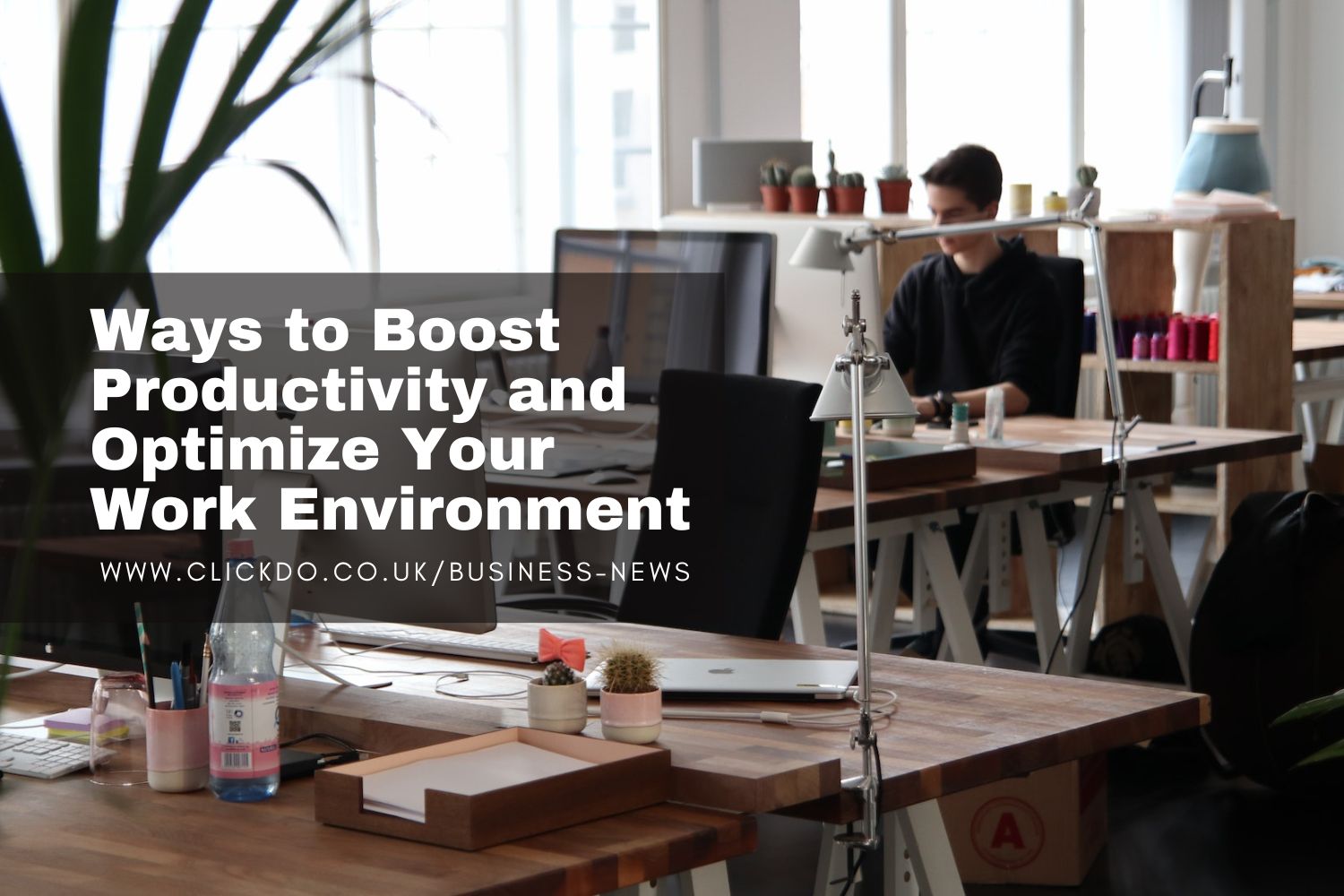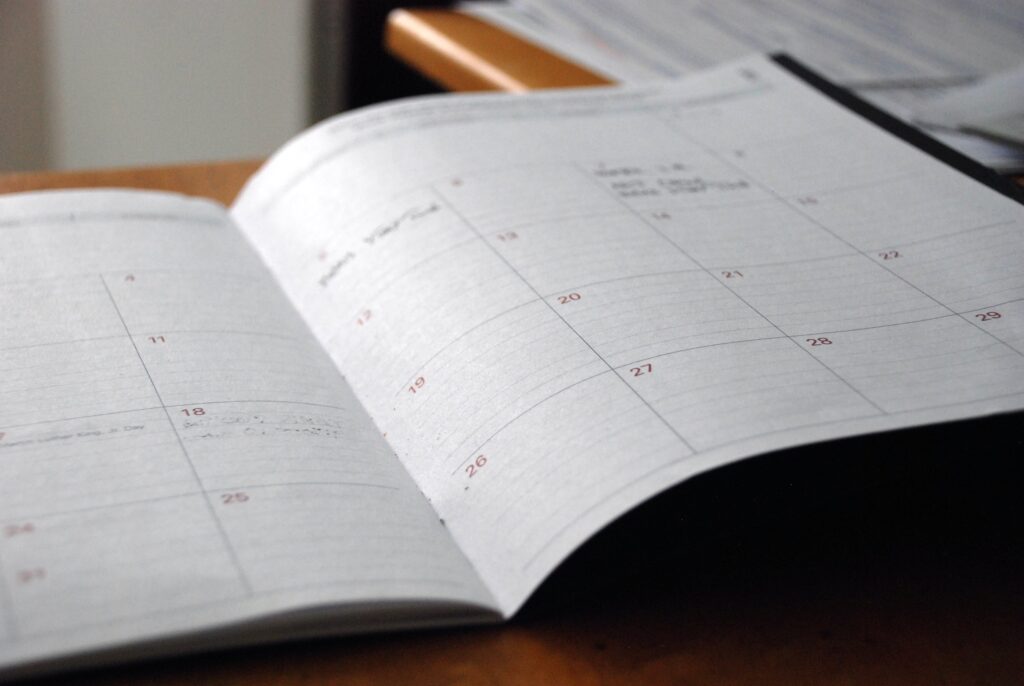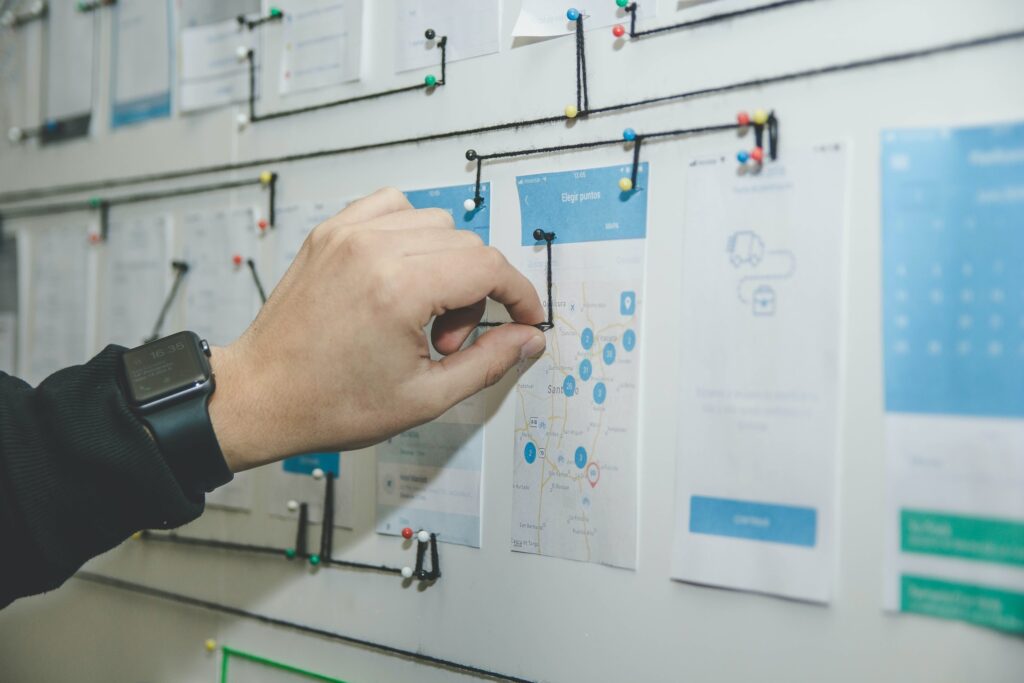
11 Ways to Boost Productivity and Optimize Your Work Environment
Table of Contents
Running a business is hard work, and it’s important to have the right strategies in place to ensure maximum productivity.
When your employees are engaged and are working at maximum productivity, you can expect an increase of 21% in your company profits.
So, if you’re looking for ways to optimize your work environment and boost productivity, you’ve come to the right place.
This ultimate guide provides you with 11 ways to make your workplace a more productive and efficient environment.
From creating a work schedule to adopting an ‘open-door’ policy, this guide provides you with the ways you need to get more done and get it done faster.
With these strategies, you’ll be able to increase efficiency and maximize your output in no time.
Get ready to take your business to the next level.
1. Make a work schedule

Creating a work schedule is essential for optimizing your work environment for productivity.
A well-crafted work schedule includes time for breaks, lunch, and other activities that ensure employees are productive throughout the day.
Also, making a work schedule won’t require much. Learn how to make a work schedule in excel, and you’ll be all set to hit the ground running with a workable work schedule.
However, it’s important to be mindful of your employees’ needs when creating a work schedule
For example, if you know that some of your employees have children, you should include time for them to pick up their children from school or daycare.
You should also be mindful of employees’ work-life balance and ensure that they are not overworked or burnt out.
It’s also important to be flexible with your work schedule and accommodate employees who may need to change their working hours due to personal or family commitments. This helps employees to feel valued and appreciated
2. Manage workplace parking

If you have limited parking spaces, it can be difficult for employees to find a spot, which leads to stress and frustration.
To ensure that everyone has access to a parking spot, you should implement a solid system for managing work parking.
Give parking management software a try to optimize your corporate parking. By using this software, employees can indicate their parking needs, and the software can allocate them a suitable vacant spot. There’s much more it does, so it’s definitely worth a try.
Or, you can also create a manual parking schedule assigning each employee a specific spot and allocating additional spots for visitors.
You should also consider providing incentives for employees who carpool or use public transportation. This helps to reduce traffic and pollution, and can also help to reduce the demand for parking spaces.
Finally, you should ensure that the parking area is well-maintained. Regularly clean the area and ensure that parking spots are clearly marked and easy to find.
3. Establish a productivity culture
The first step to optimizing your work environment for productivity is to create a culture of productivity.
This means setting the right expectations for employees and encouraging them to be productive.
Establishing a culture of productivity starts with setting clear goals and expectations for employees and then holding them accountable for meeting those expectations.
One way to do this is by implementing weekly check-ins, where employees report on their progress and be held accountable for tasks they have been assigned.
Regular check-ins can also be used to reward employees for their productivity, which helps to further motivate them.
Another way to establish a culture of productivity is to provide employees with the tools they need to be successful.
This includes providing them with the right technology, training them on how to use it, and offering regular feedback so that they can continue to improve.
Finally, you should also create an environment where employees feel comfortable speaking up and voicing their opinions.
4. Implement flexible working practices

If you’re not already offering flexible working practices in your business, you’re missing out on a ton of benefits.
By implementing flexible working practices, you can improve your employee engagement, reduce absenteeism, and boost productivity ultimately.
43% of respondents to a survey claimed that having more flexibility with their work schedules helped them be more productive.
While these are all great benefits, they’re just the tip of the iceberg. You see, flexible working practices actually have a positive impact on your organization’s reputation and customer satisfaction.
When you offer flexible working arrangements to your employees, it positively impacts their perception of your business as a whole.
This is because it shows employees that you care about their lives outside of work and want to make their experience as positive as possible.
This can positively impact your customer satisfaction. When employees are happy and engaged, they’ll be able to provide better customer service and have the motivation to do a better job. This, in turn, leads to increased revenue and profit for your business.
5. Declutter and organize
Decluttering and organizing your workspace are some of the easiest ways to boost productivity.
You may be asking yourself why these seemingly simple practices have such a big impact on productivity. According to 41% of respondents to a study, having a clean workstation increased their productivity.
The reason is that they’ll make it easier for you to find what you’re looking for and reduce distractions so that you can focus on your work.
Finding what you’re looking for becomes easier when your desk is clean and organized. By decluttering your desk, you’ll reduce the amount of time it takes you to find what you’re looking for.
It also makes it easier for you to concentrate on your work and keeps your mind from wandering.
6. Manage stress and anxiety

When you’re feeling stressed, it’s likely to have an impact on productivity levels.
Stress causes more than 50% of workers to be disengaged at work, which reduces productivity.
So, by helping employees manage their stress levels, you should be able to increase their productivity and eradicate their need to rush through tasks.
One of the best ways to help them manage stress is to give them time for self-care. When they make time for self-care, they’ll be able to offset stress and be more productive.
If your employees are feeling anxious, it’s important for them to seek help. There are many ways to combat anxiety, such as therapy, medication, and mindfulness.
Whatever form of treatment they decide on, it’s important to deal with their anxiety as soon as possible to avoid it impacting their work.
7. Create an action plan

Action plans are essential for ensuring that you hit your productivity goals each year.
When you create an action plan, you’re able to see where you’re falling short and address those areas of improvement.
While productivity levels can vary from month to month, taking the time to create an annual action plan each January makes it easy to see what factors have an impact on your productivity levels.
Another advantage to creating an action plan is that it helps you to stay focused on the most important tasks.
As a business owner, you should strive to be as productive as possible. When you create an action plan, you’re able to outline what needs to get done.
This makes it easy to stay on top of your responsibilities and prioritize your to-do list accordingly.
When you’re able to keep track of what needs to get done, you’ll be able to stay focused on the most important tasks.
8. Implement automation for repetitive tasks
Automating tasks such as data entry, customer service, and scheduling helps to save time and free up employees to focus on more important tasks.
When implementing automation, it’s important to ensure that the technology is user-friendly and easy to use. This ensures that employees can quickly adapt to using the technology and that the implementation process is smooth.
9. Identify distractions and eliminate them
Distractions can be a major source of lost productivity. From an overflowing inbox to co-workers who like to chat, there are many distractions in the workplace.
That’s why it’s important to identify where they’re coming from and what can be done to eliminate them.
One of the best ways to eliminate distractions in your workplace is to implement a no-interruption policy.
This means that, while you’re working, you won’t be taking any phone calls or chatting with co-workers.
You’ll also want to find a way to eliminate the distractions caused by technology. To do this, consider turning off phones or blocking certain websites
10. Adopt an ‘open-door’ policy

An open-door policy encourages employees to speak up and voice their opinions, which helps to create an environment of collaboration and innovation.
An open-door policy also makes it easy for employees to seek help when they need it. This reduces stress and ensures that employees are able to focus on their tasks without feeling overwhelmed.
Finally, an open-door policy also helps to foster a sense of community in the workplace. Employees feel valued and appreciated, which creates a more productive and positive work environment.
11. Promote professional development and growth
Encouraging employees to further their education, attend conferences, and take on new roles helps to increase productivity and ensure that employees are engaged and motivated.
Provide employees with the necessary support they need to develop their skills.
This can include offering mentorship programs, providing feedback, and offering monetary incentives for completing courses or taking on new roles.
11 Ways to supercharge productivity
Optimizing your work environment for productivity is essential for companies that want to gain a competitive edge.
In this blog post, we’ve explored 11 strategies to optimize your work environment and supercharge your productivity.
These strategies include:
- Making a work schedule
- Managing workplace parking
- Establishing a productivity culture
- Creating an action plan
- Implementing flexible working practices
- Decluttering and organizing
- Managing stress and anxiety
- Implementing automation for repetitive tasks
- Identifying distractions and eliminating them
- Adopting an ‘open-door’ policy
- Promoting professional development and growth
By following these strategies, your work environment is optimized for productivity and your team is working at its best.
–––––––
Author bio

Saifullah Napar is a content writer who has worked in this field for the past three years. He has been writing on business technology, blockchain, fintech, and digital marketing topics. (LinkedIn)
Feature image source.

